Quanzhou Dehua's most beautiful ancient villages, Daiyun Landscape Porcelain Capital Culture complement each other
Author:Ancient Village Time:2022.07.30
Fujian, Quanzhou, Dehua.
After the fifth generation of Tang Changxing, the first year (933) of Minlong Qi (933), Yongtai County referred to Dehua County. Dehua is one of the birthplaces of ceramic culture in my country and one of the three ancient porcelain capitals.
It is located in the Daiyun Mountains. So far, many beautiful ancient villages have been retained. Let ’s take a look at the 8 most beautiful ancient villages in Dehua. How many have you been to?
1 Faling Ancient Village
The village is located at the southern foot of Dai Yunshan and belongs to Guobao Township, Dehua County. For more than a thousand years of history, the clear Guobao Creek is from west to east to the entire village. In this traditional southern Fujian village, ancient houses, ancient houses, ancient villages, ancient ancestral temples and natural scenery are interesting, and a scene of simple and quiet, peaceful and peaceful scenery.

Various traditional Fujian ancient crickets in the village are staggered, quiet and quaint, and the pattern is complete. It has the long -degree and richness of local architectural characteristics in southern Fujian. The "white walls and black tiles" in the green mountains and green water look particularly gentle and simple. Walking in the village, you can feel the wonderful and charm of traditional culture at any time.
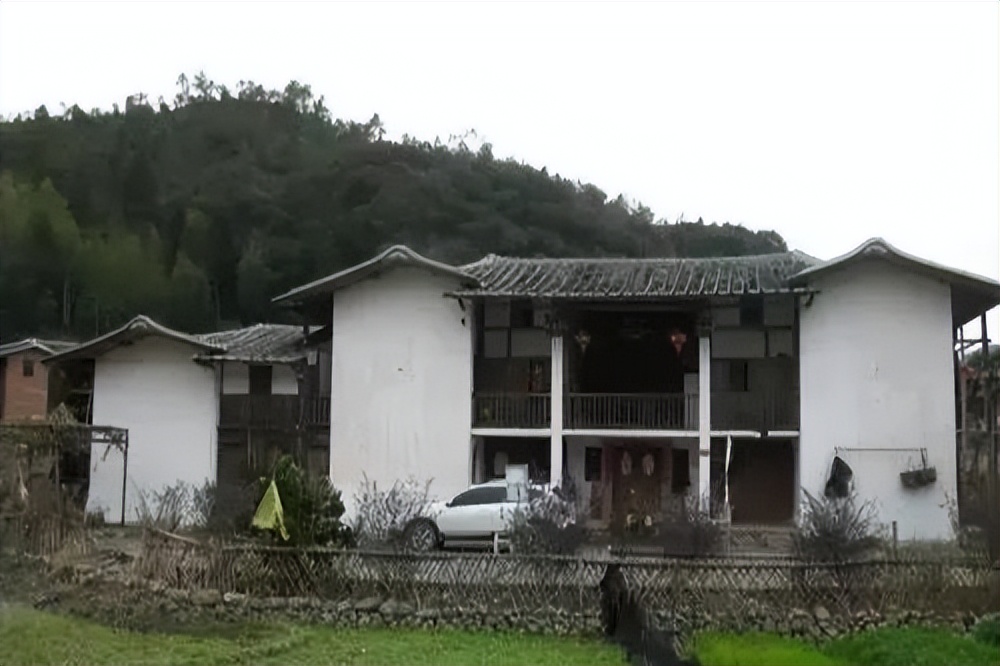
The building of the village is a traditional way for civil structure in ancient Fujian ancient tadpoles. These ancient shapes are based on hard mountains and shed roofs, swallow -end roofs, and wearing bucket -style woods as the main structure. It is called the cultural living fossil of Minnan.
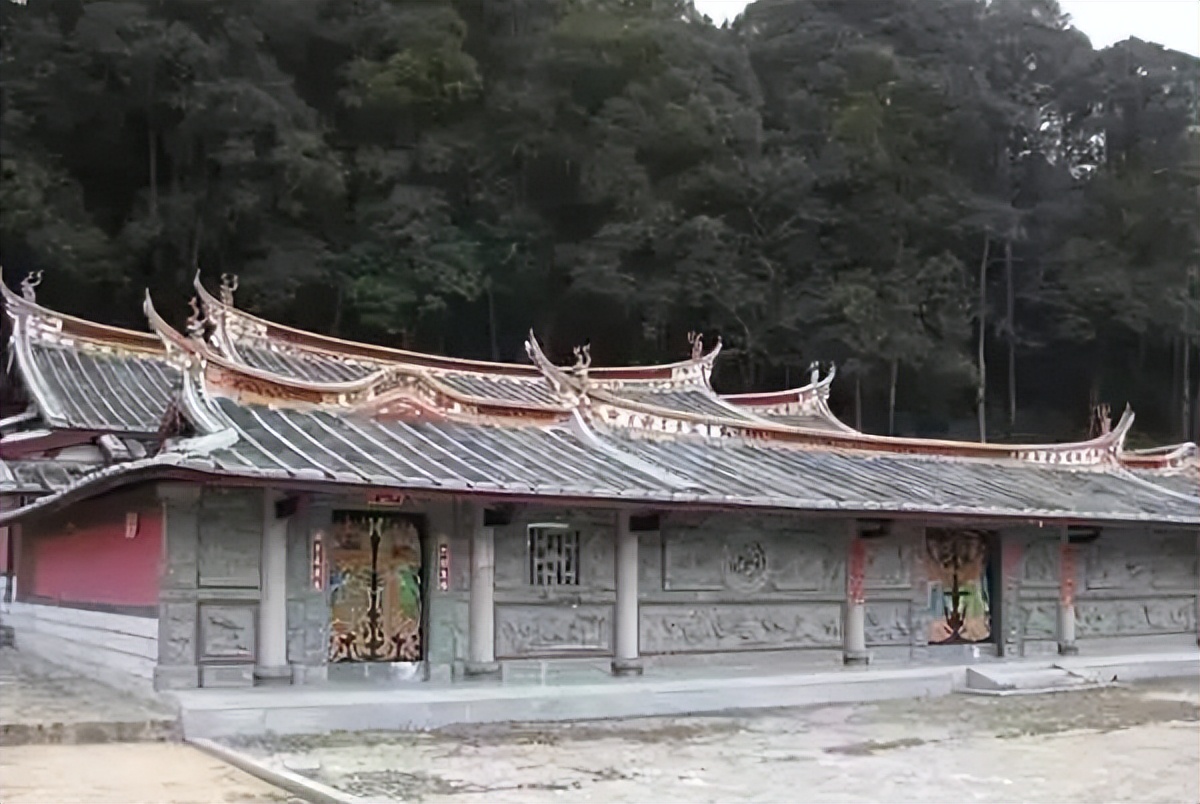

Ye's ancestors are particularly worth visiting. This is the largest ancestral ancestor in Fuling Village. It was built in the four years of Minglongqing. It shows the source flow, family training, and ethnic rules of the local Ye family. The ancestral ancestors were incorporated into the non -heritage cultural elements with the theme of the southern Fujian culture, ceramic culture, incense culture, paper -cutting culture, and family style culture, and became the cornerstone of the historical and cultural sedimentation of ancient villages.

In the ancient villages of Fuling, there are also the Ming Dynasty Anti -Guagu Fort, the century -old ancient Dajinlong Long Kuitang, and the patriotic overseas Chinese Ye Naiji (Shěn) old residence Fumei Mitang Deng. The "residential corridor" that constitutes the ancient village is especially beautiful. At the same time, the folk customs of Fuling Village are simple, and the folk customs such as Gaoga opera, Nanyin, puppet show, and Gulu Pavilion have been popular with people.
2 Shangzhai Village

Shangzhai Village, Dehua County, and Daiyun Village, Chishui Town, such as the hermit, the birth of the dust, is located on the highland of more than 900 meters above Leifeng Town.

Shangzhai Village leaned on the mountainside, and the rest were cliffs on three sides. Looking at the Fengfeng, the cliffs that were pulled out of the ground were daunting like a knife. Mr. Feng Shui is called "oil lamp hanging wall".
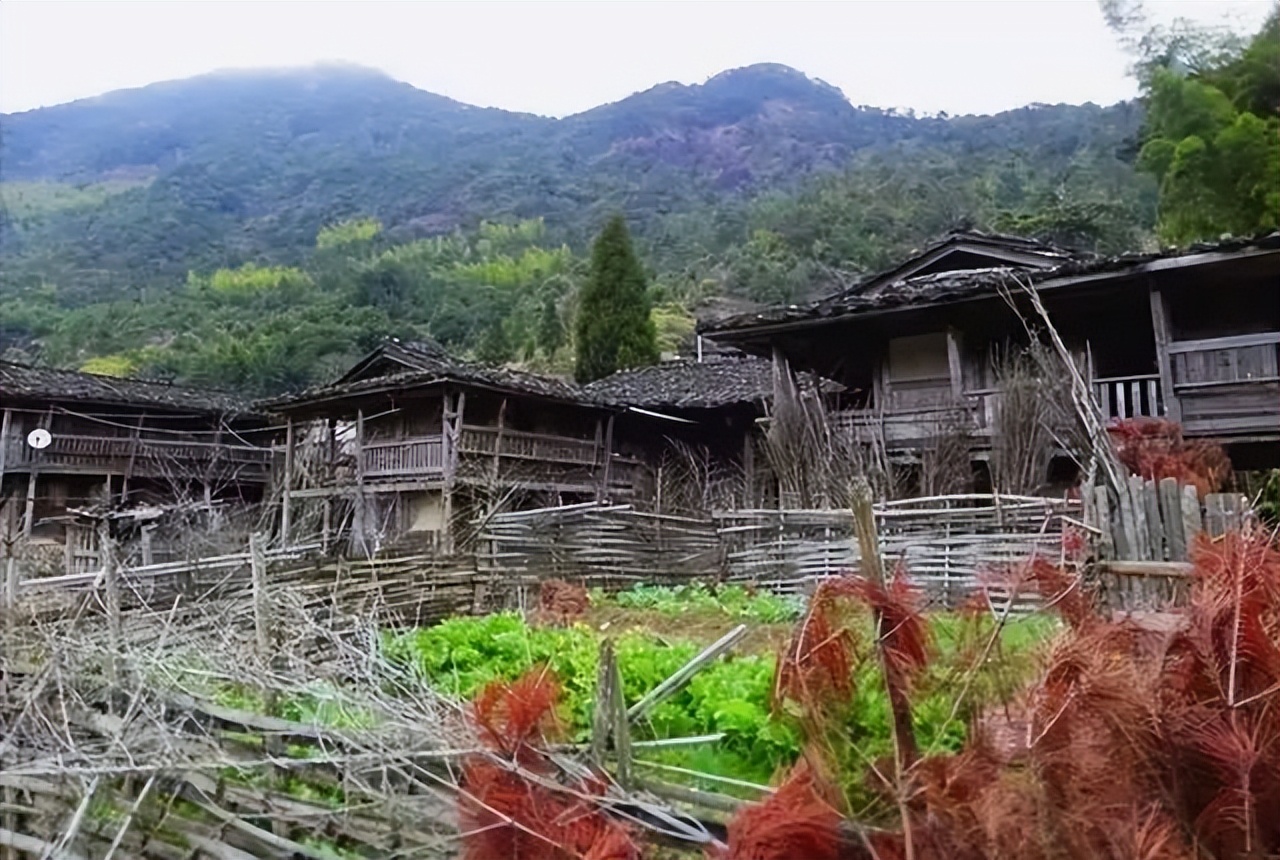

In the early morning, the green mountains were awake at the beginning of the morning, and the milky clouds were drifted on the mountainside. The most eye -catching in the village is the "sunburn" boulder, the sound of flowing water from the distance, the smoke, and a paradise.
3 Nancheng Village
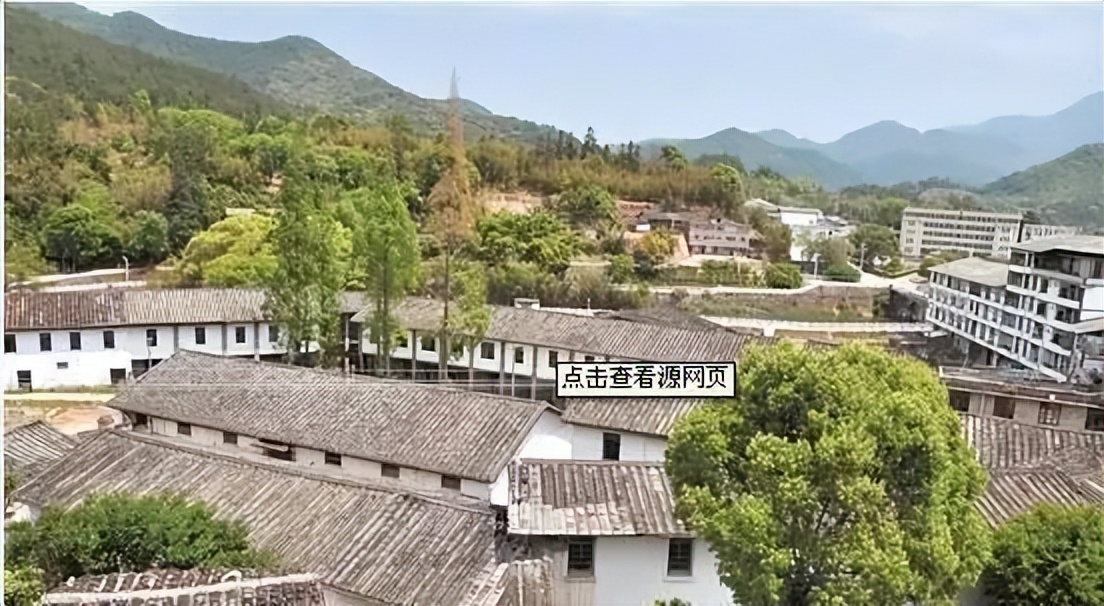
Under the Shi Niushan Mountain in Dehua County. The style of the mountains and rivers in Nancheng Village, the style of the red brick and white walls in the coastal areas of southern Fujian. The architecture is simple and fresh, and it is also known as the traditional architectural style of 'Dai Yunshan.
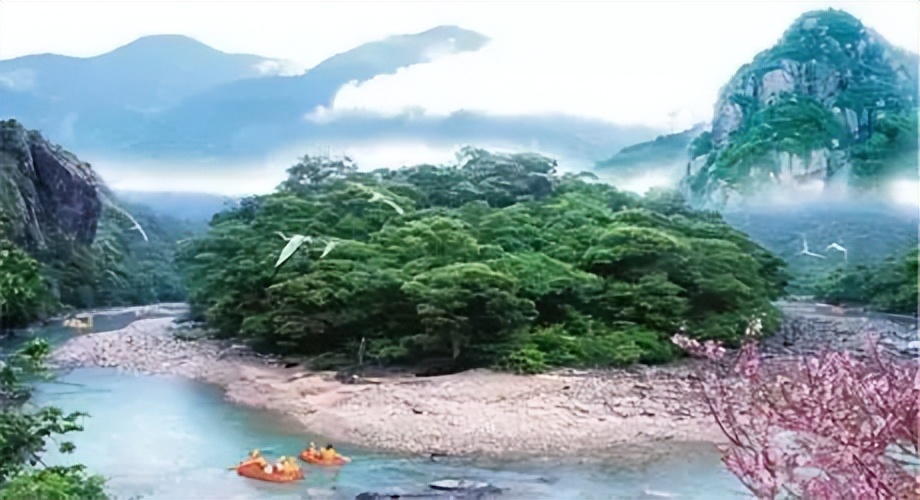
Nancheng was known as "Lantian" and was named because of its beautiful appearance. The peach blossom island in the village is in full bloom in March and April of each year and becomes a pink peach blossom ocean. According to Taohua Island, it is the famous Taoxianxi, the water of Taoxian Creek is clear and turbulent. Every holiday, there are endless streams of tourists who come here.

The wooden path along the stream is also a scene of Nancheng Village. It is nearly 2 kilometers long. I feel the rich village houses beside the landscape. In addition, the educated youth recycles in the village is also one of the places that people must go. A quaint big puppet, wooden architecture, without losing the style of the year, there are many items in the era of educated youth.
4 Bitings Village
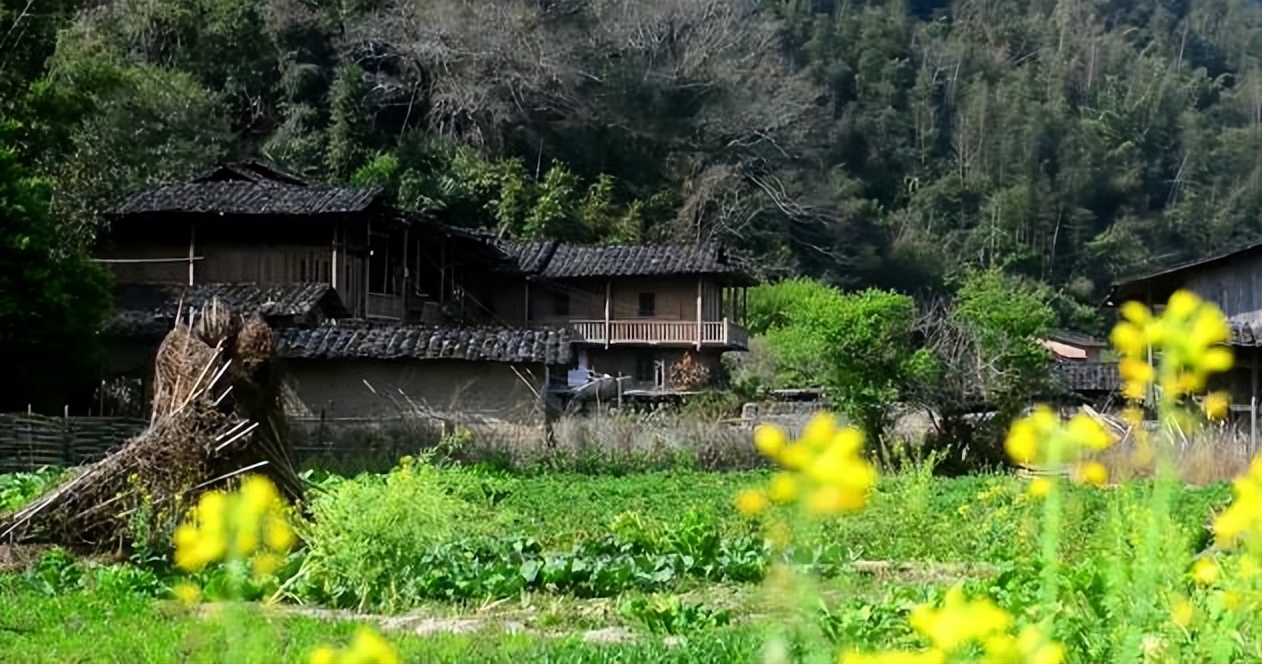
Bikeng Village, Longmen Beach Town, Dehua County, was included in the fourth batch of national traditional villages. The gurgling stream is integrated with pebbles, and the quaint houses are in the green mountains and green water, especially a beautiful scene.
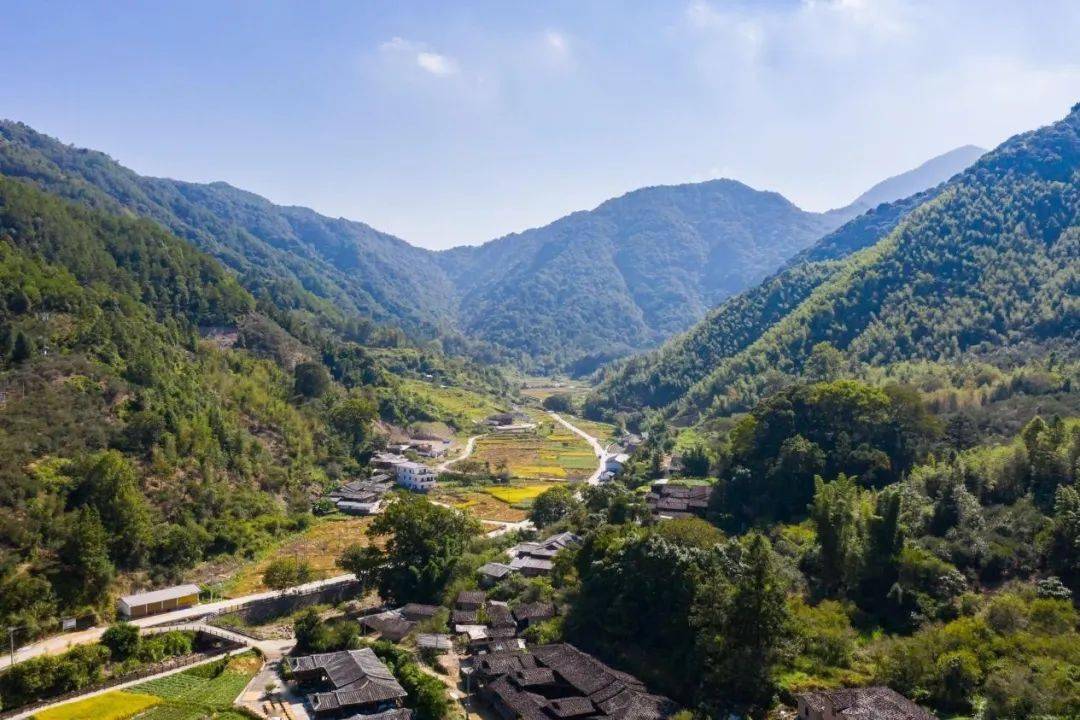
The formation of the village has a history of more than 500 years, and a large number of historical relics have been retained in the area. The ancient people and the ancient relics of Bikeng Village have many ancient people. The old houses in Bikeng Village are distributed in the green mountains and green water. 87 campaign in the village have 81 migrants with wooden tile structures. The earliest was built in the 38th year of the Ming Wanli (1610).
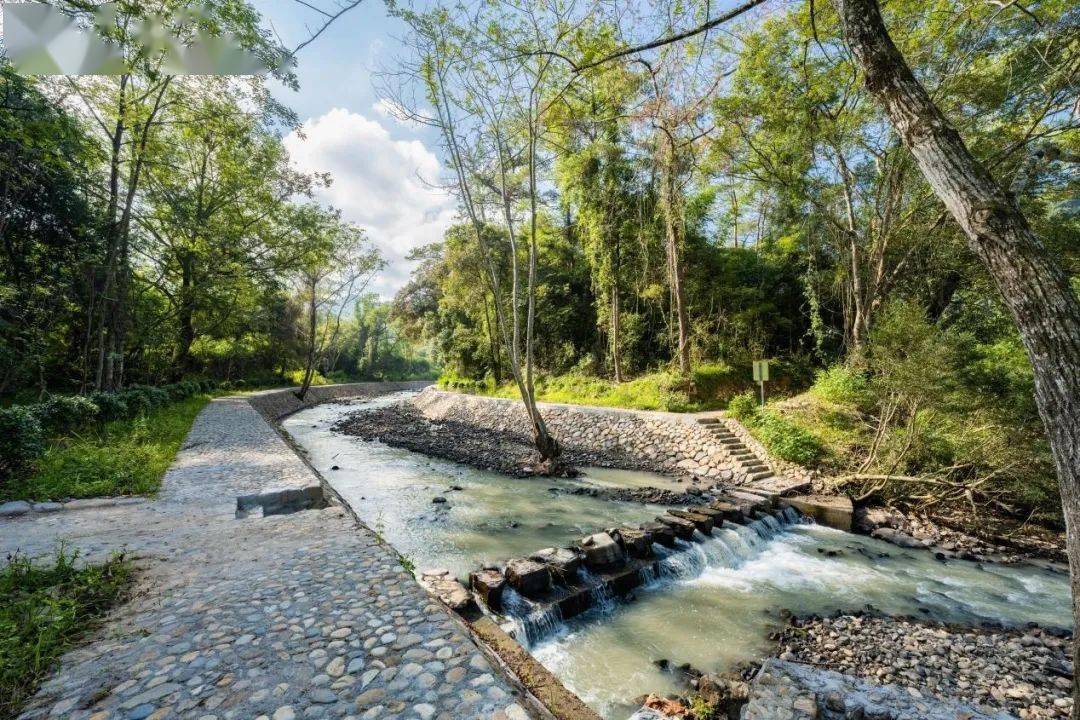
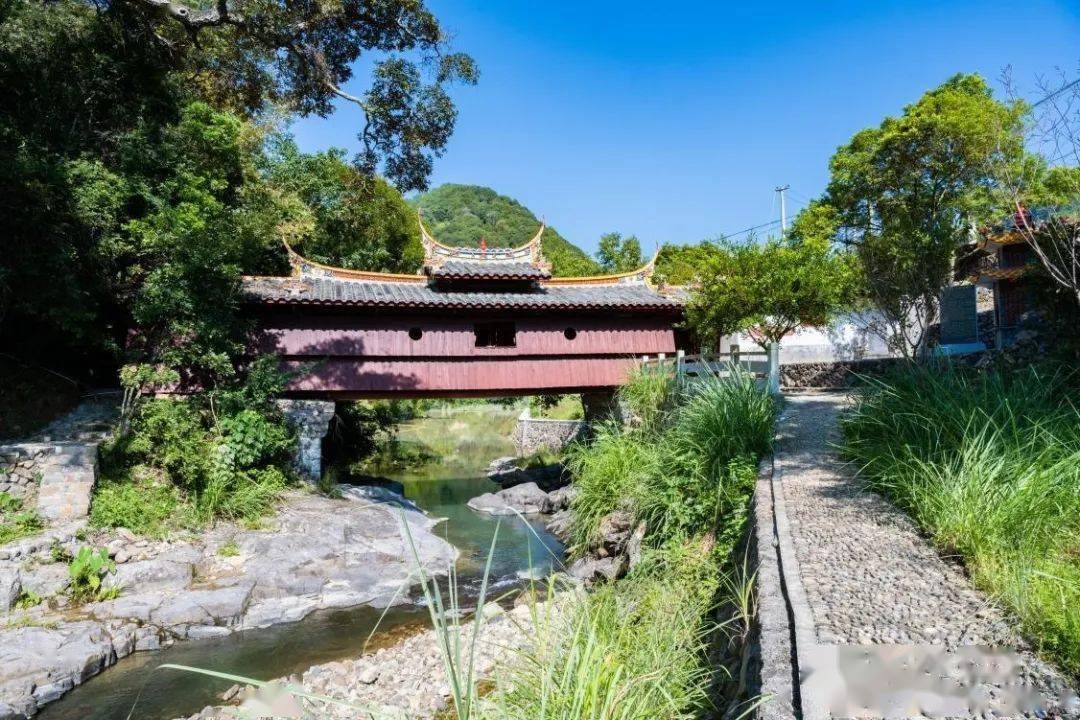
There are 12 ancient bridges on Bitang Creek, mostly before the Republic of China. Among them, the gallery bridge, which is located in the village entrance, is built in the tenth year of the Qing Daoguang (1830). , For people to avoid the rain and cool, it is a very distinctive landscape.
5 Zeng Saka Village
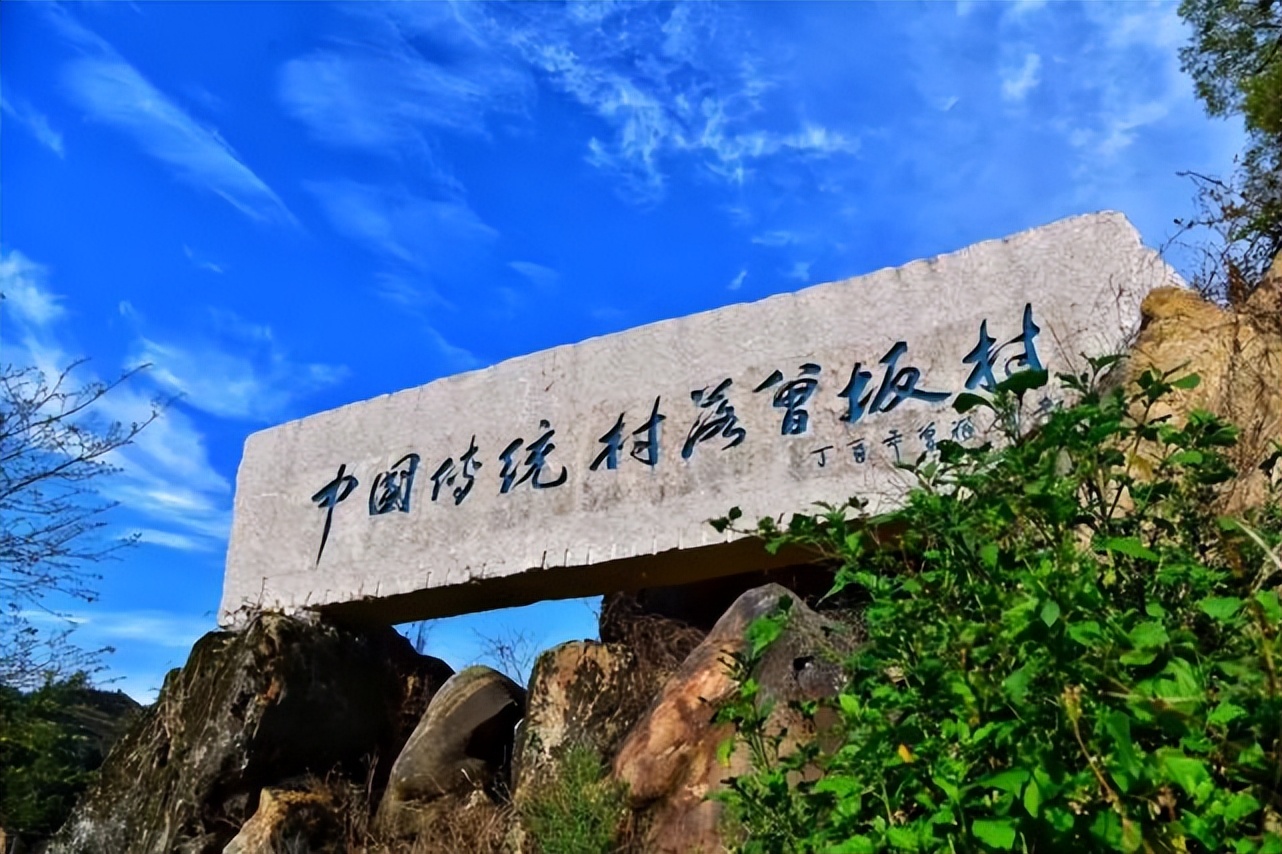
Zeng Ban Village is located in the northeast of Shangyong Town, Dehua County. It is located in the eastern foothills of Lianhua Peak and Yongxi Canyon. It is ranked fourth in traditional Chinese villages.
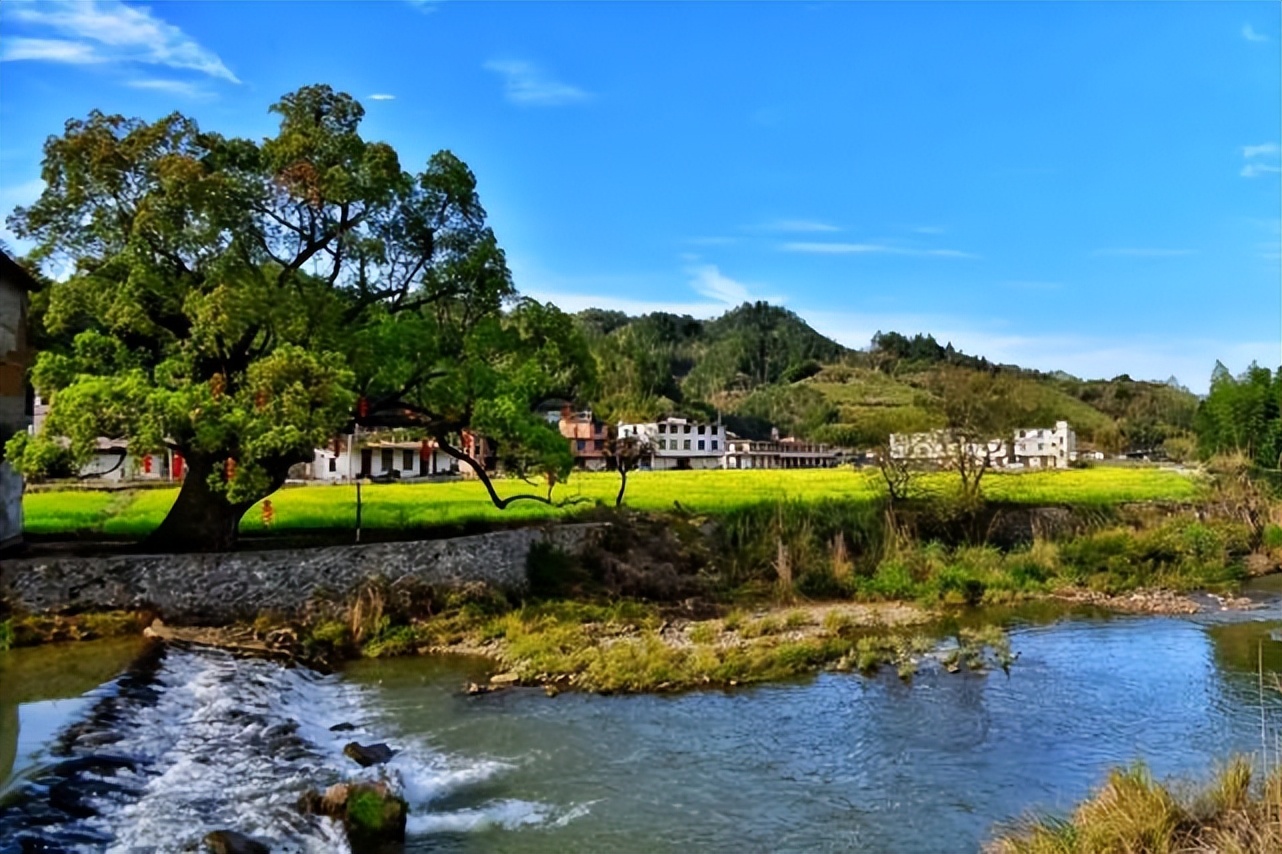
It was formerly known as Xianyuan, a traditional ancient village with a long history. According to the Zeng clan scores, his ancestors moved to this in the first year of Longxing in the Southern Song Dynasty (1163) from the Jixi County Miscelonic.

There are many traditional historical buildings in Zeng Ban Village, including 2 in the Song Dynasty, 3 in the Yuan Dynasty, 5 in the Ming Dynasty, 23 in the Qing Dynasty, 19 during the Republic of China, and 1980 from the beginning of the founding of the Republic of China. The existing "Eighteen Lanes" ancient building complex, ancient official road, ancient gallery bridge, ancient kiln site, ancient water conservancy facilities, ancient castles, ancient villages, temples, temples, colleges, and famous ancient trees.
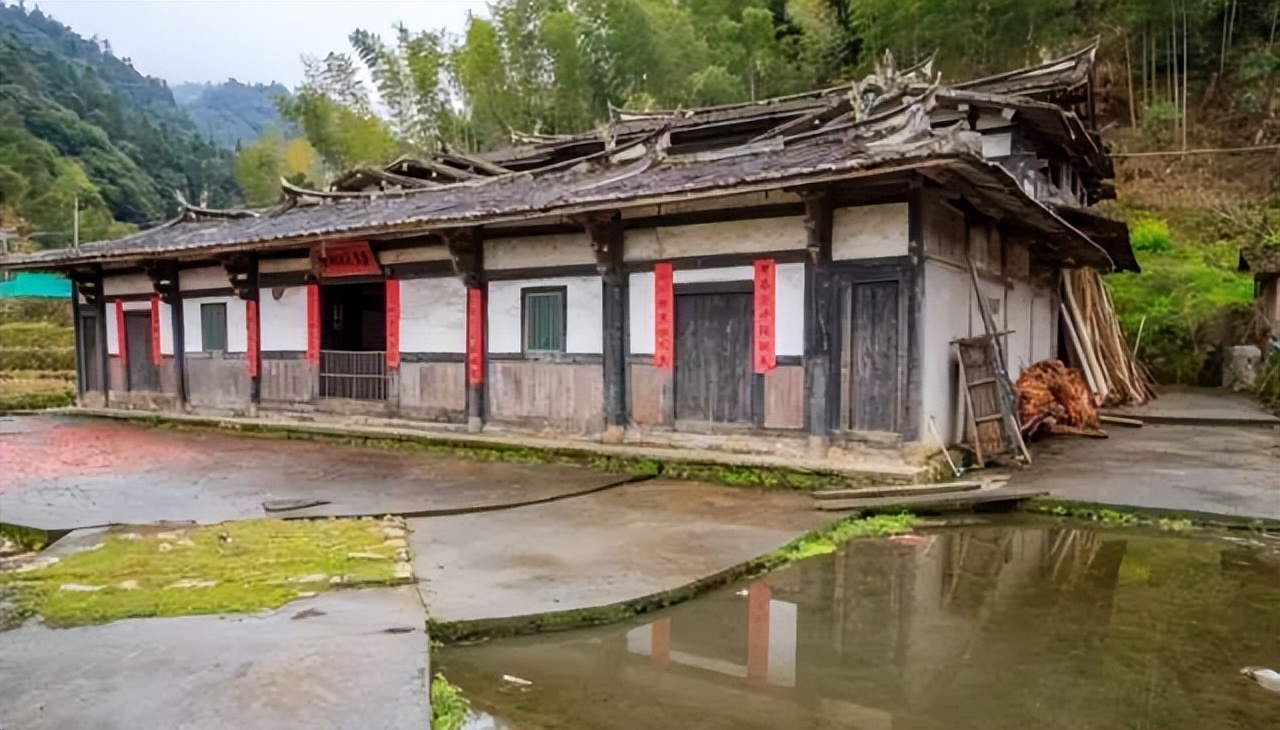
The Ming and Qing buildings, which are known as the "Eighteen Lane" in the village, are particularly worthy of visiting. Although the "Eighteen Lane" has been renovated and rebuilt through history, it is basically preserved with the architectural shape, beam structure, materials and process techniques of the Ming and Qing dynasties, and has a typical Dai Yunshan architectural characteristics. 6 Three Class Village
Located in the south of Dehua County. The village was called "Shuo Jie" before the Qing Dynasty. Because of his long history and talent, his ancestors were named "Shuoyan Junjie". At the end of the Tang Dynasty, Zheng Zhazu's foundation was very long in history.
Da Xingbao in the ancient village has a history of nearly 300 years. It was built in the sixty -one year of Kangxi (AD 1722). It is a single -eave camsy mountain -style earth stone structure with a rectangular plane. It covers an area of about 3648 square meters, with a total construction area of about 4036 square meters, and 240 houses with a large scale. The building layout in the castle is symmetrical and rigorous, and the axis is clear. A two -story leaning building is set up around the city.

This giant castle was built with Zheng Yanshu, Zheng Yanli, a three -class master, and was named "Daxing" with his son. Around Daxingbao, there were ten red bricks in Daiyun Mountain, Southern Fujian, and were built by Zheng Zhanshu during the same period. The Sanban Village in the Qing Dynasty operated porcelain and passed by the road of Haisi to overseas countries. The prosperity of business and trade, therefore, there was financial resources to establish a large -scale castle.
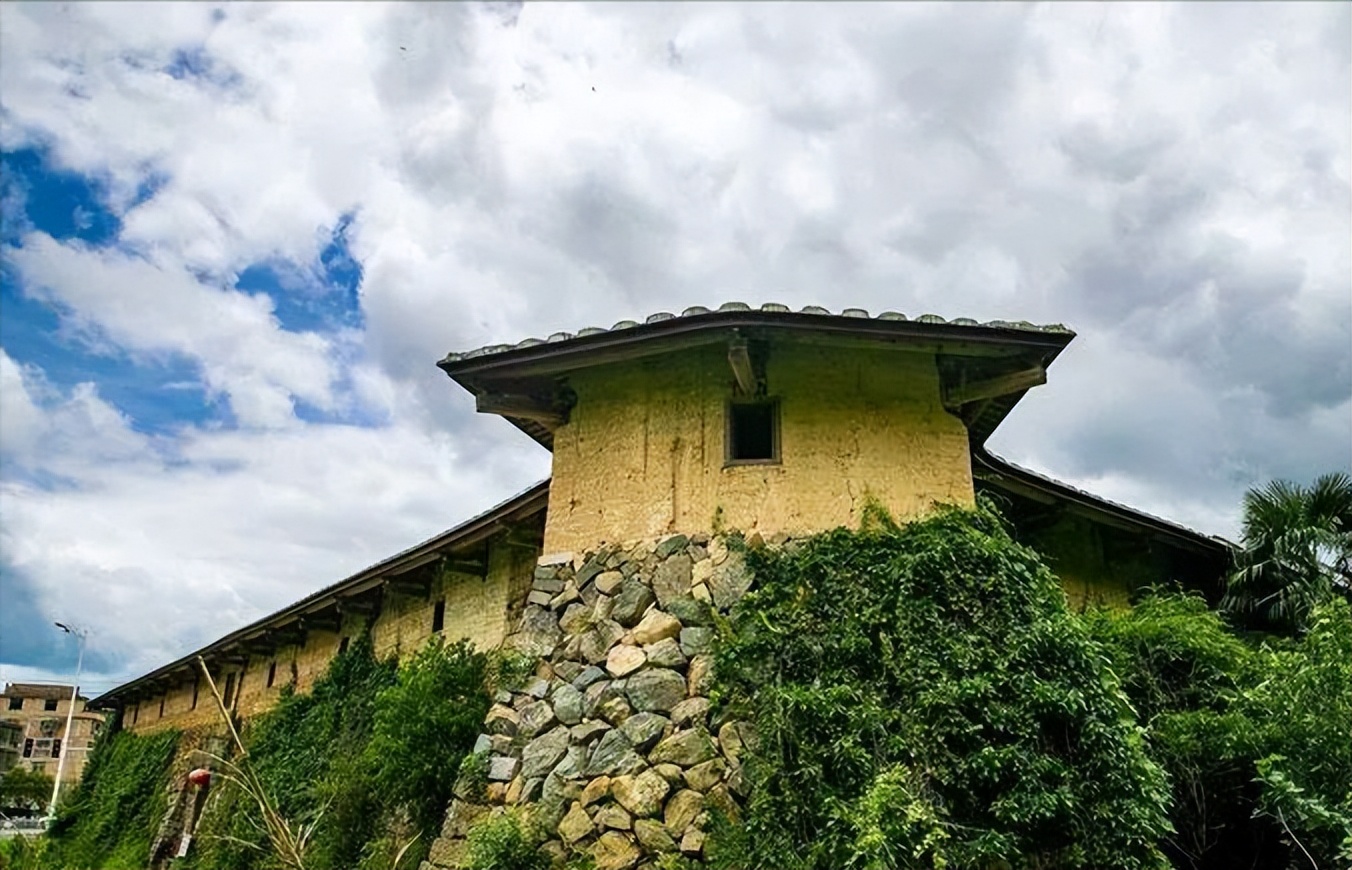

In addition, Sanban Village has preserved a lot of ancient roads so far. The ancient roads leading to Quanzhou, Yongchun, Xianyou, and Fuzhou in the old days are all built by stones. Essence
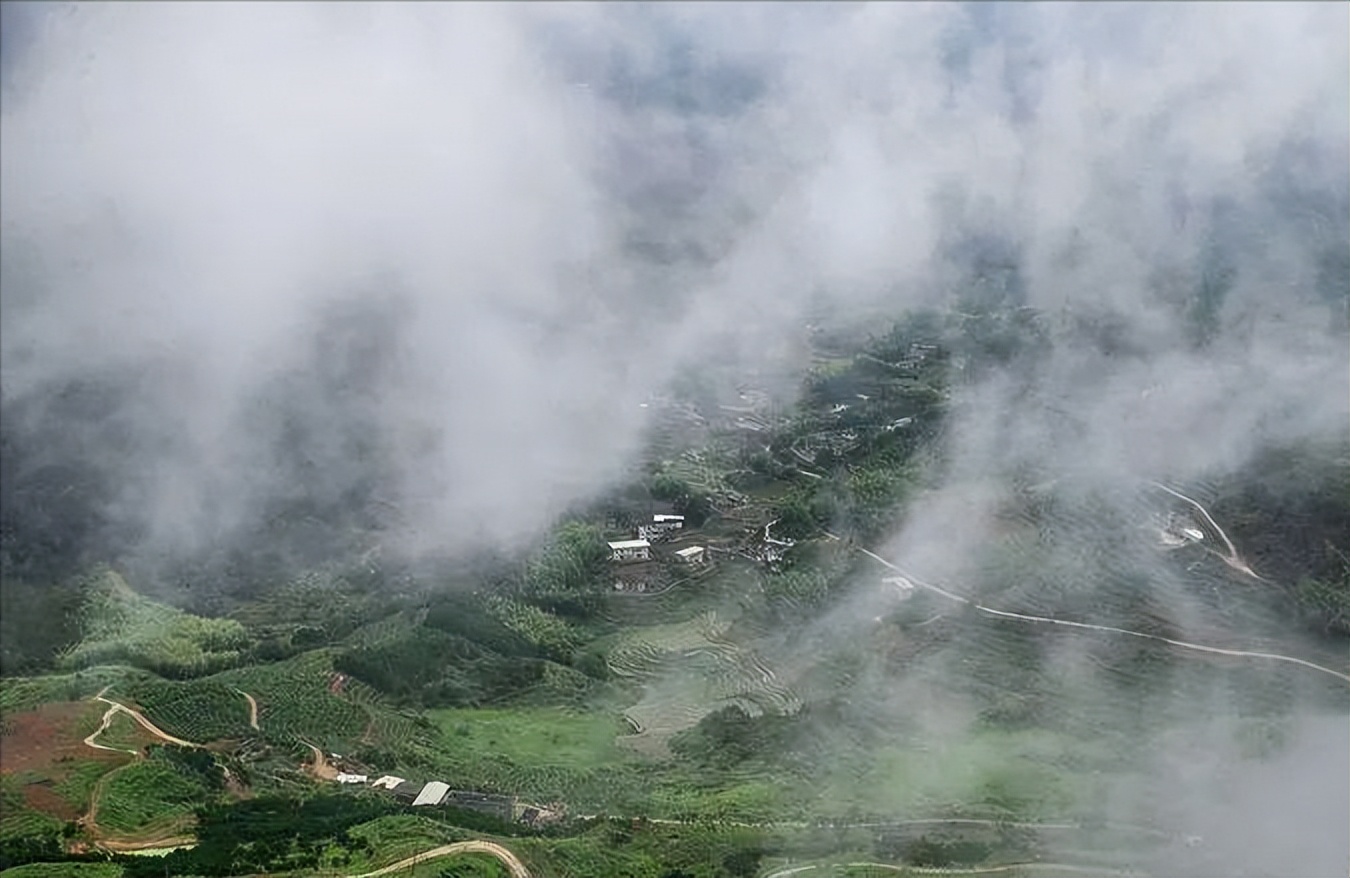
7 bridge village
Qiaoyu Village is located in the southern part of Sanban Town, ranking the fourth batch of traditional Chinese villages.
The village entrance has Shuangui Bridge, the old name Lianbo Bridge, also known as Guanyin Bridge, on the surface of Da Yunxi. The bridge was built during the Song Dynasty, the stone site was applied, and the first year of the Ming Dynasty was rebuilt. The bridge is a wooden gallery -like structure. There is a roof cover on the top, known as "Jiu Kai Room", walking on the bridge, making people look like an ancient house.
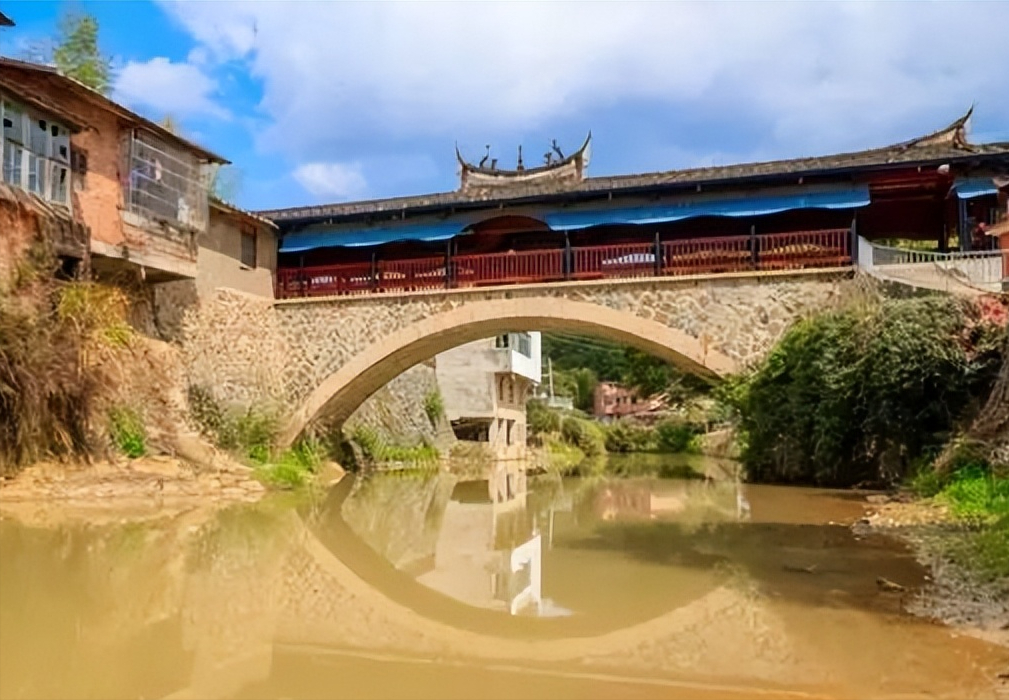
There are ancient villages in the mountains of Qianeu Village, which are hidden in ancient trees and red leaves. This "Pavilion" is famous for its ancient village. Zhaizi was built in the Qing Dynasty. There was a green water floating pond in front. Later, the green mountains were arched. Zhaizi uses stone barriers to build a fence more than two meters high. Only one stone gate can enter.
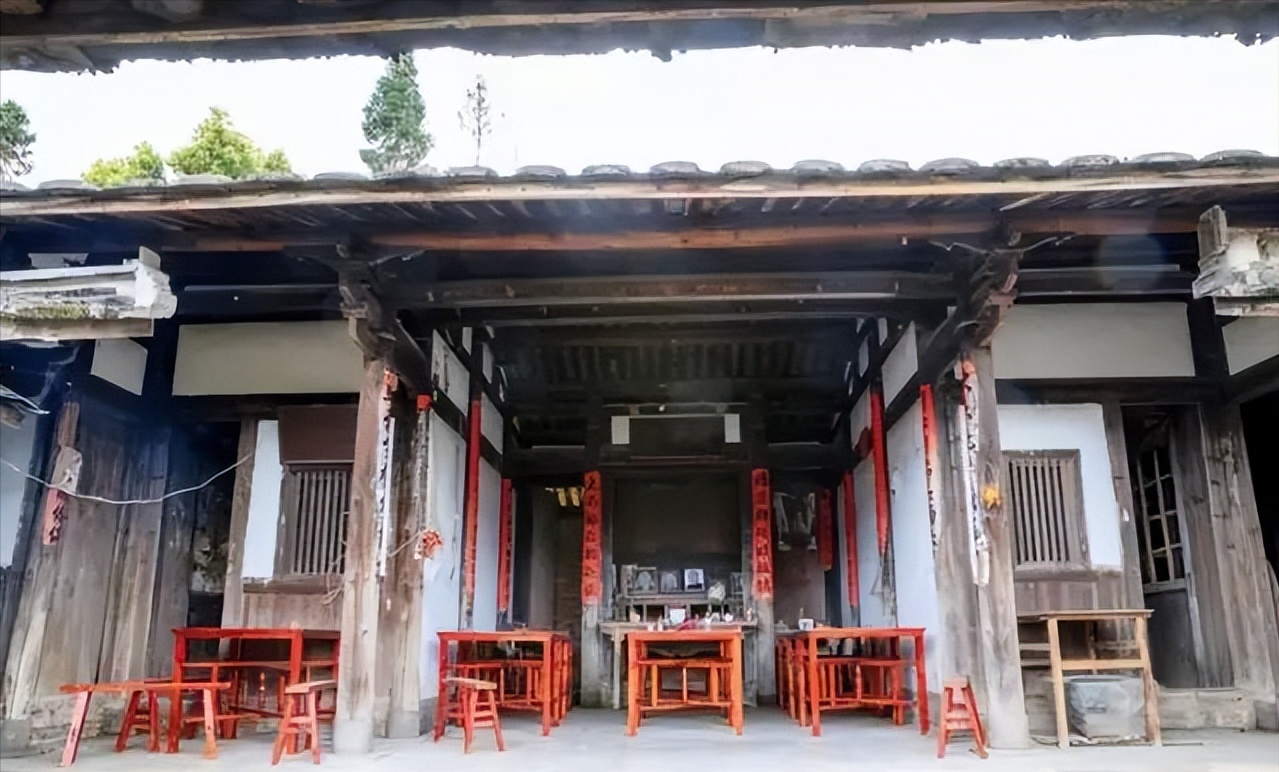
8 Sibin Village
Sibin Village is located in the middle of Sanban Town, 10 kilometers away from the county seat, ranking the fourth batch of traditional Chinese villages. The ceramic industry is the traditional pillar industry of Sibin Village. There is a wealth of kaolin mineral resources in the territory, which has a long history of creating ceramics. According to archeological excavations, there are more than a dozen ancient kiln sites in the Song, Yuan, Ming and Qing Dynasties.
Yongmao Hall in the village is worth visiting. The hall is the place where the ancestor of the Sibin Yan family, Yanjiao Xianzhao, was born. Yan Renyu, the director of the Tang Guide, was also born. This quaint, towering and spectacular ancestral hall witnessed the historical changes of the thousand -year -old virtue of porcelain, inheriting the virtue of the virtue of the heir to read and read the family.

Yongmao Hall is divided into upper and lower entrances. There are two small halls on both sides of the upper hall, with a total area of 3140 square meters. Commonly known as Yan's ancestor, it was built for Yan's come to Fujian.

Fun Life X Ancient Village Editor's Editor from the Internet
- END -
In the first half of the year, the revenue growth rate of cluster revenue of characteristic industries in Hebei Province was 11.9%
From the press conference of the industrial economic development in the first half of 2022 held by the Provincial Government News Office on July 22, it was learned that in the first half of this year,
A magnitude 5.0 earthquake occurred in the west coast of Honshu, Japan, with a depth of 20 kilometers in the earthquake
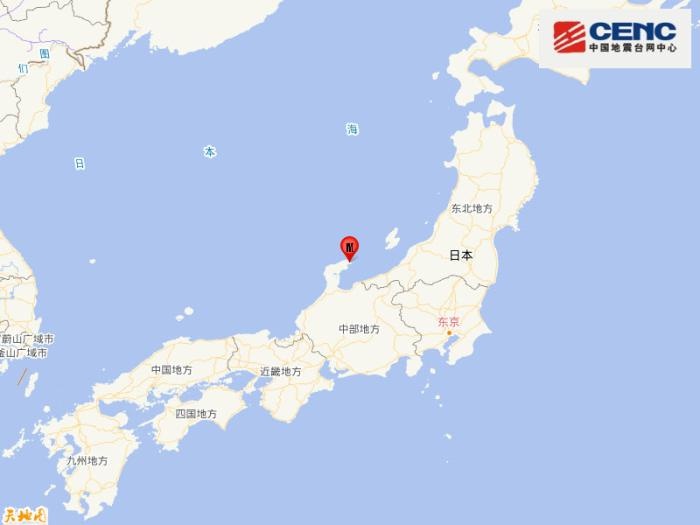
According to the formal determination of the China Earthquake Network: At 14:08 on...